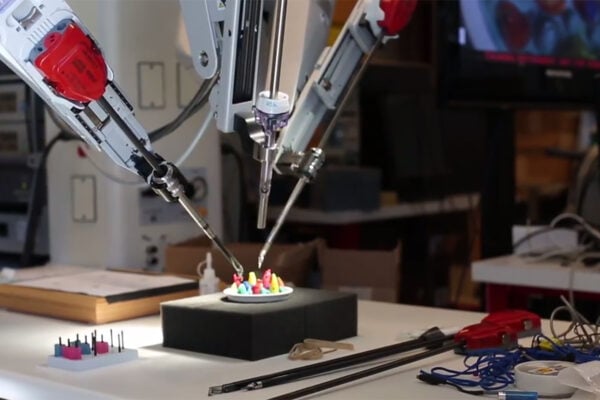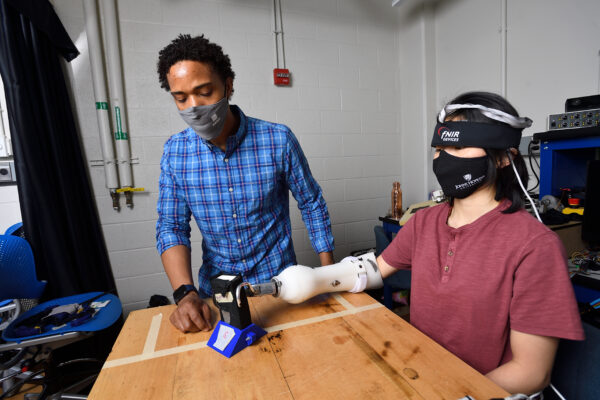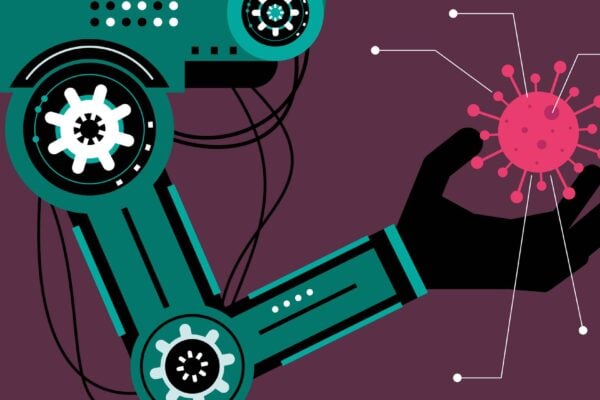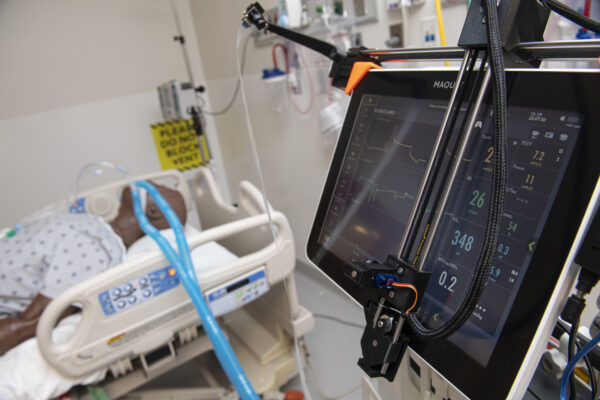In: Robotics, Augmented Reality, and Devices

Robot programming for everyday people
- September 28, 2021
- Robotics, Augmented Reality, and DevicesUser-Centered Design
New Demoshop software makes it easier to teach robots to help in the workplace.

Emad Boctor receives Thalheimer Fund Grant
- August 31, 2021
- Medical ImagingRobotics, Augmented Reality, and Devices
The grant will fund the prototype for a more accurate and continuous fetal monitoring device.

The Robot Surgeon Will See You Now, The New York Times
Russ Taylor, Greg Hager, and Axel Krieger spoke to The New York Times about the future of AI and robotics in surgery.

Get a grip: Adding haptics to prosthetic hands eases users’ mental load
- April 15, 2021
- Robotics, Augmented Reality, and Devices
Through neuroimaging, engineers discover that prosthetics that provide haptic sensory feedback lessen the mental energy users expend when using the device.

Ready for duty: Health care robots get good prognosis for next pandemic
Robots helped hospitals confront the coronavirus pandemic. What lessons are engineers taking with them as they think about the next generation of health care robots?

Hopkins ventilator robot wins top prize at UK Robotics Week Challenge
- February 5, 2021
- COVID-19Robotics, Augmented Reality, and Devices
A robotic system created by a team from Johns Hopkins University won the top prize in an international robotics challenge focused on developing solutions for the COVID-19 health crisis and future global pandemics.